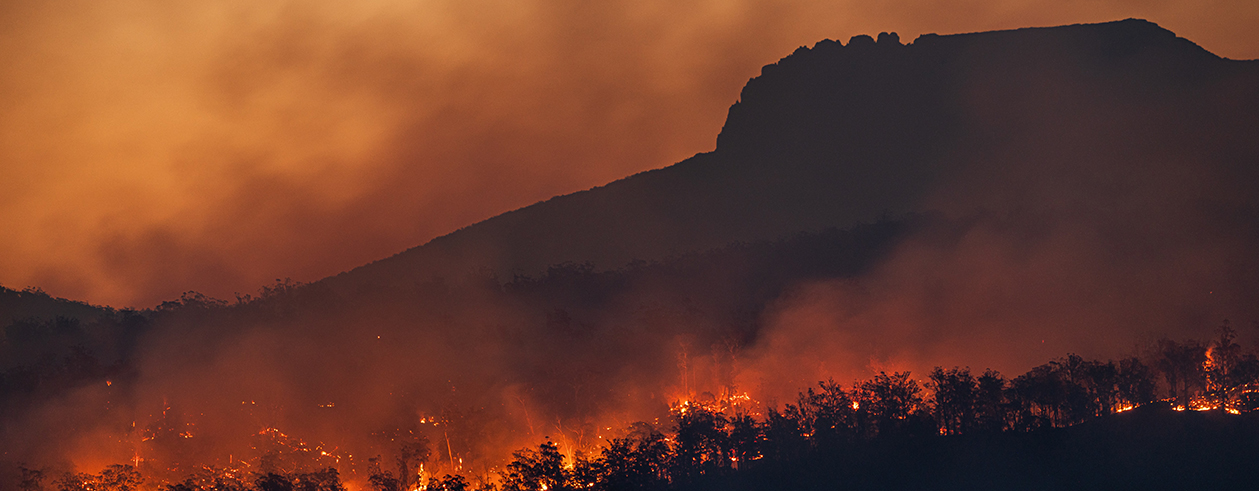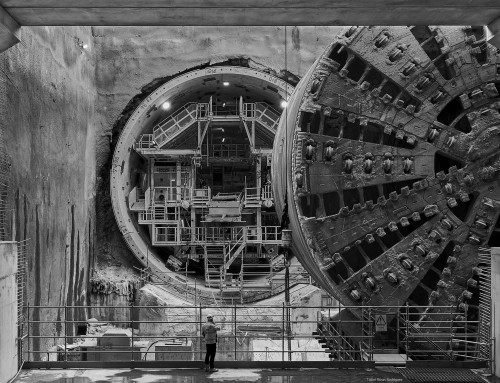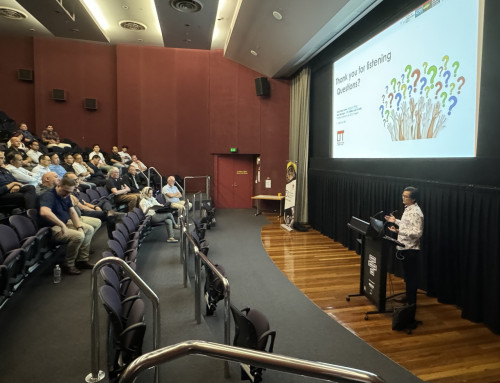If engineers do one thing well it is listen to the design engineers, evaluate the numbers and their results and as such construct safe and usable structures built both high and dug deep in the ground.
The science of climate change is unequivocal and the evidence (bushfires, flooding, cyclones and droughts) is manifesting itself at a faster and faster rate as society seems to carry on oblivious to the enormity of the consequences. Today it is a clear and present threat to civilisation, a threat that should have been addressed 40 years ago and is now front and centre for us, our grown up children and their children to do the heavy lifting in solving.
Before the eighteenth century, when humans in the industrial west began to burn coal, oil and gas, our atmosphere typically contained about 280 parts per million of carbon dioxide. We have to recognise that those are the conditions ‘on which civilization developed and to which life on earth is adapted.’
Now, as the use of fossil fuels spreads through the world, the amount of carbon in the atmosphere is skyrocketing — we’re now well over 415 parts per million of CO2 in the atmosphere. (1) This Co2 has formed a blanket around the planet trapping the heat and so warming the atmosphere. Our oceans have absorbed 90% of this trapped heat having a catastrophic effect on the climate and the earth, such as detrimentally changing weather patterns forever and bleaching the coral reefs to extinction.
Earth has always had natural cycles of warming and cooling, but not like we’re seeing now. The warmest years globally have all occurred since 2005, with the top five being 2016, 2020, 2019, 2015, and 2017. (2)
The major contributions to the causes of this warming include the burning of fossil fuel primarily for power and transport, agriculture systems that destroy large tracts of rainforest to grow soy which kills the Earth’s lungs and intensive animal agriculture releasing methane into the atmosphere.
We have no more time for deniers or skepticism that has bogged the debate down into glacial affirmative action by our leaders. If the science is not evidence enough in our society one can be assured that following the money underlines the enormity of the problem. Billions of dollars divested from fossil fuel assets and cheaper power from renewables speaks for itself. In April 2020, a total of 1,192 institutions and over 58,000 individuals representing $14 trillion in assets worldwide had begun or committed to a divestment from fossil fuels.(3)
Scientists have determined that we can’t let the planet warm greater than 1.5oC from pre-industrial levels without experiencing significant disruption from extreme weather events leading to harvest failure, flooding and drought causing forced migration and the conflict that will inevitably bring, yet today we are already at 1.0oC warming headed for 3.0oC due to our inaction. A figure of 3.0oC, that if reached will be catastrophic for the planet.
The fact is that if we are going to have any chance of keeping the rising temperature to a maximum of 1.5˚C by 2030, in just 9 years, we not only have to be significantly reducing carbon emissions now, (think coal fired power stations, combustion engines, freight shipping, airplanes) but we must also be taking emissions negative (that is taking Co2 out of the atmosphere) to meet the deadline.
This is critical but to date there is no practical way of taking Co2 out of the atmosphere on a scale needed to abate the temperature rise. Just consider that even the difference between 1.5oC and 2.0oC of global temperature rise could mean well over 10 million more migrants from sea-level rises (4) as low lying regions of the world, such as the Pacific Islands, become uninhabitable. (5)
In Australia, one of the richest countries in the world per capita, there seems little appetite to address the issue. This ambivalence is supported by the argument that Australia has a small population and therefore our share of emissions globally is not significant enough to contribute to global warming or that there is no alternative to coal-fuelled base load power or because electricity bills will become expensive. We have a national emergency that is belittled by party politics and the fossil fuel lobby.
The tipping point, at which point the disaster will unfold exponentially, is close and there will be no going back.
What can we do to address this situation – what can you do to address this situation?
As engineers, we value the science in our industry – research, test, verify and build (action). With climate change we have the first three – now we need action – from you.
We are all busy with our families, work and ‘just living’ but there are some immediate steps that we can take to help change the status quo for which we must make the time:
- Urge government to take bold, ambitious climate action now through lobbying your local MP, voting for change and registering your concern and interest with industry bodies such as Engineers Australia.
- Use energy wisely — and save money too – by changing your globes to low wattage, switch off unnecessary lights and use off-peak electricity.
- Get charged up with renewables – consider solar panels, an electric car or buying green energy from your electricity supplier.
- Eat for a climate-stable planet – reduce your meat consumption and consider a vegetarian day or days throughout the week.
- Start a climate conversation and spread the message. Prioritise the conversation on climate change to get others interested to take action.
- Green your commute – leave the car at home and use public transport or use a bicycle.
- Consume less, waste less. Consider what you buy and the energy and emissions that go into making things. Consume less and reduce emissions.
- Invest in renewables and divest from fossil fuels. Who do you bank with? Who manages your superannuation? Check who they invest your money with and if they are not socially responsible change.
The consequences are dire and imminent but together taking action help to fix the problem.
References
- 1350.org
- Year-to-date global temperature comparison from the 2020 Annual Global Climate Report. NASA
- https://en.wikipedia.org/wiki/Fossil_fuel_divestment
- IPCC
- IPCC 2014, 2018







